Flow meters are industrial tools used to measure important characteristics (volume, mass, and velocity) of fluid flows in various applications. Fluids measured include liquids, gas, and vapor. Most often, flow meters are used to measure the characteristics of volume, mass, and velocity. Such measurements can occur either via direct methods or indirect methods that infer characteristics from other parameters. Read More…
Sierra manufacturers high performance mass flow meters and controllers for nearly any gas, liquid or steam. Customers choose Sierra when they need an accurate and repeatable flow measurement, short delivery lead times, expert flow advice and long term support. When it matters, choose Sierra. Visit www.sierrainstruments.com.
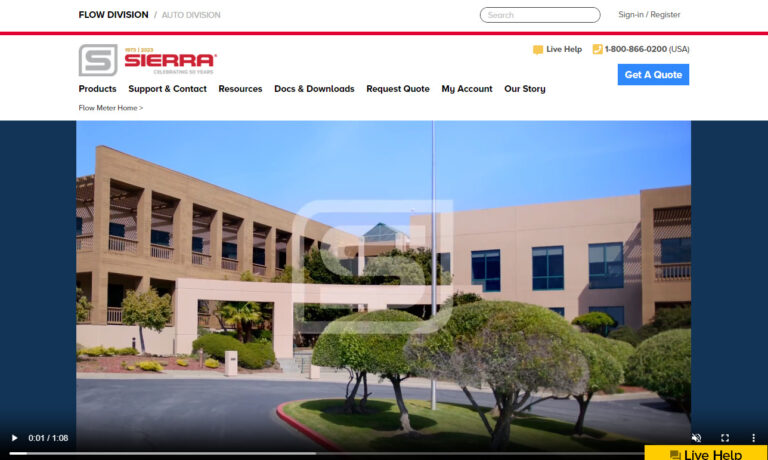
Aalborg Instruments & Controls is a globally recognized manufacturer of precision instrumentation for flow measurement and control. We offer variable area flow meters, thermal mass flow controllers, and more. Since our founding in 1972, it has been our commitment to develop, produce and deliver the highest quality products and services, as well as consistently meet or exceed customer...
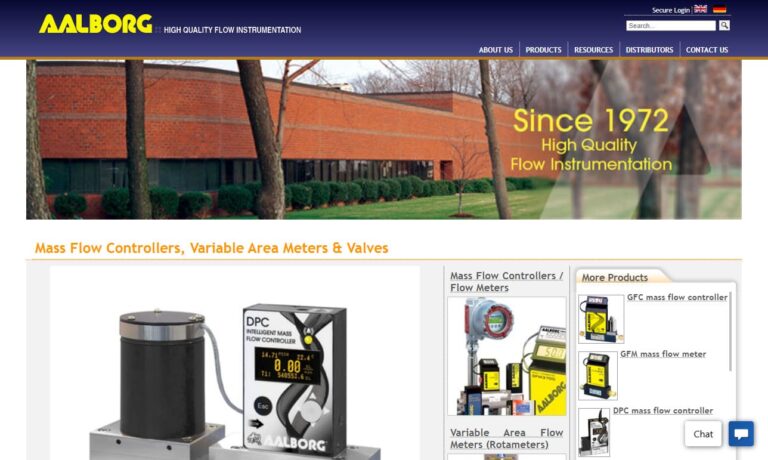
Ryan Herco Flow Solutions is a leading national distributor for fluid handling products. Our family of products include; Flowmeters, sensors, instrumentation tubing and hose, process pipe and fittings, valves, pumps, filters and filter systems, storage and drums, and corrosion resistant structural products. We have 29 U.S. Service Centers ready to serve you.

Our flow meters are meticulously designed with you in mind. Our products have an unrivaled reputation, because we spend hundreds of engineering hours working on new and better ways to improve our products. No matter what you need, we can get if for you! Our staff is dedicated to helping you every step of the way. Contact us today for more info!
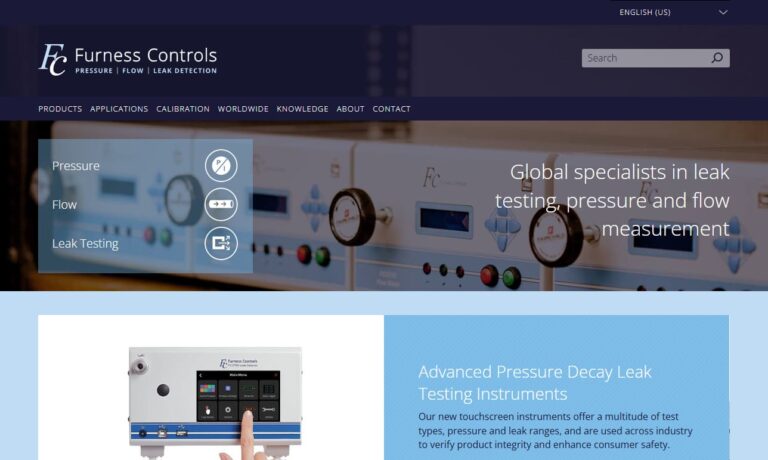
We are ONICON Incorporated, a leading manufacturer of flow meters and energy measurement systems. Our products and solutions are used in a wide range of applications, including HVAC, building automation, and industrial processes.
More Flow Meter Manufacturers
Flow meters are versatile industrial instruments designed to measure a wide range of parameters, including absolute pressure, differential pressure, viscosity, and temperature. These devices are essential for accurately monitoring and managing fluid flow rates in both liquid and gas applications. Most commonly, flow meters are used to measure the movement of fluids within enclosed pipelines, though specialized models are also engineered for open channel flow measurement, such as in water treatment facilities and irrigation systems. Depending on the specific use case and industry terminology, flow meters may also be referred to as flow gauges, flow indicators, liquid meters, or even flow sensors.
History of Flow Meters
Flow measurement and control have played a vital role in human society since ancient times, facilitating the efficient distribution and management of precious resources. In early Sumerian cities, rudimentary methods were developed to monitor water flow, ensuring fair distribution through aqueducts and irrigation systems—a necessity for agricultural success. The ancient Egyptians constructed basic weir structures to gauge the Nile’s flow, which enabled them to forecast floods and plan their agricultural cycles. Similarly, in the Chinese state of Qin, simple flow measurement tools were implemented to manage complex governmental irrigation systems, contributing to the prosperity of the region.
The origins of modern flow meters trace back to 1738, when Swiss scientist Daniel Bernoulli began assessing water flow characteristics using principles of differential pressure. In 1791, Italian physicist Giovanni Battista Venturi introduced the Venturi tube, revolutionizing liquid flow measurement by harnessing fluid dynamics. This innovation was further refined nearly a century later by American inventor Clemens Herschel, who adapted the Venturi tube for accurate measurement of flows in open channels. However, the real transformation in flowmeter technology emerged after World War II, driven by the industrial boom and the need for more precise process control. The 1960s witnessed significant advancements in miniaturization and precision engineering, while the commercial expansion of the 1990s spurred the adoption and ongoing innovation of flow measurement devices across a diverse range of industries.
Flow Meter Parts and Configurations
Modern flow meters are engineered from a range of durable materials, including plastics and robust industrial metals such as bronze, stainless steel, and both cast and ductile iron. The choice of construction material can significantly impact the meter’s suitability for particular fluids, pressures, and corrosive environments. Many flow meters incorporate specialty alloys or advanced polymers to enhance chemical resistance or withstand extreme temperatures.
Typically, flow meters are comprised of three primary components:
- The primary device: The main body or housing through which the fluid passes, often containing the measuring mechanism.
- The transducer: Senses the flow, pressure, or other relevant parameter, converting the physical phenomenon into a measurable signal.
- The transmitter: Processes the signal from the transducer and converts it into a standardized output (such as a current loop, voltage, or digital protocol) for monitoring, control, or data logging.
The transducer and transmitter work in tandem to provide accurate, real-time flow data that can be easily integrated into industrial automation or process control systems.
Flow meters are available in several configuration styles to accommodate different installation and operational requirements:
- Insertion flow meters: Inserted directly into the pipeline to measure flow at a specific point. Common in large-diameter pipes or retrofit applications.
- In-line flow meters: Installed directly within the flow path, providing continuous, system-integrated measurement—ideal for closed-loop and high-precision systems.
- Non-invasive (clamp-on) flow meters: Measure flow from outside the pipe using technologies such as ultrasonic or electromagnetic detection, eliminating contamination risk and minimizing installation downtime.
For example, an insertion flow meter is placed at a designated location on a pipe to deduce overall volumetric or mass flow, while a non-invasive ultrasonic flow meter uses the Doppler effect or transit-time principle to detect frequency shifts caused by particles or gas bubbles, thus enabling accurate measurement even in challenging or sanitary environments.
Types of Flow Meters
There is a wide spectrum of flow meter technologies, each leveraging different measurement principles and tailored to specific industrial and commercial applications. The most common types include:
- Flow switches: Devices that combine flow measurement with switching actions, used for safety shut-off or process control.
- Water flow meters: Designed for potable water, process water, or wastewater monitoring.
- Fuel flow meters: Used in automotive, aviation, marine, and industrial fuel management systems.
- Peak flow meters: Medical-grade devices for monitoring respiratory conditions such as asthma.
- Air flow meters: Measure airflow in HVAC, cleanroom, or engine management systems.
- Ultrasonic flow meters: Non-invasive devices for clean, dirty, or corrosive fluids.
Each category of flow meter is meticulously engineered to address unique measurement challenges, ranging from high-precision laboratory analysis to rugged industrial process monitoring.
How Flow Meters Operate: Key Technologies and Use Cases
Positive displacement (PD) flow meters, sometimes called volumetric flow meters, are renowned for their precision in measuring the volume of fluid passing through them. These devices often use rotating elements—such as gears, pistons, or lobes—to physically segment the fluid into fixed volumes. As the fluid progresses, these components rotate, and each rotation is counted to determine the total volume passed. PD flow meters are highly valued in custody transfer, chemical dosing, and fuel dispensing applications where accuracy is paramount.
Several PD flow meter designs are common:
- Bi-rotor flow meters (oval gear or helical gear types): Offer low-pressure drop and high accuracy for viscous fluids.
- Reciprocating piston flow meters: Well-suited for measuring small, precise volumes of liquid, such as in pharmaceutical or laboratory settings.
- Rotary/oscillating piston flow meters: Suitable for low-to-medium viscosity fluids, often used in water treatment or fuel monitoring.
Velocity flow meters determine volumetric flow by measuring the speed of the fluid within the pipe. Ultrasonic flow meters (including transit-time and Doppler types) use high-frequency sound waves to gauge flow rate, making them ideal for applications where the fluid is either very clean or contains particulates. Turbine flow meters operate by measuring the rotational speed of a turbine blade placed in the flow stream, translating the mechanical movement into electrical signals. Vortex flow meters create vortices by placing a bluff body in the flow path; sensors detect the frequency of vortex shedding, which is proportional to velocity and thus flow rate. These meters are particularly useful for steam, gas, and water flow measurement in utilities, energy, and chemical processing industries.
While volumetric flow meters measure the volume of liquid, mass flow meters provide direct measurement of the mass of the fluid (in kilograms or pounds), which is crucial in applications where fluid density varies with temperature or pressure. Coriolis flow meters and thermal mass flow meters are the most recognized types of mass flow meters. Coriolis meters are prized for their accuracy in measuring mass, density, and temperature, making them indispensable in oil and gas, chemical, and food processing sectors. Thermal mass flow meters, on the other hand, are especially effective for gas measurement in HVAC, semiconductor, and biomedical industries.
Inferential flow meters derive flow rates by indirectly measuring parameters that correlate to flow, such as pressure differential or float position. Common examples include differential pressure flow meters (using orifice plates, venturi tubes, or flow nozzles) and variable area flow meters (rotameters), which are widely used for general-purpose liquid and gas flow monitoring.
Magnetic Flow Meters and the Pharmaceutical Industry
With the proliferation of complex pipeline networks in modern industry, the need for advanced, autonomous pipe flow monitoring solutions has grown dramatically. Magnetic flow meters (magmeters) have emerged as a leading technology, particularly in the water and wastewater sectors, where they provide real-time data crucial for process optimization, regulatory compliance, and environmental protection. The global market for flow meters was valued at approximately USD 7.7 billion in 2021 and is projected to reach USD 10.3 billion by 2026, underscoring the critical role of flow measurement technologies in modern infrastructure and industrial automation.
Magmeters utilize the principle of electromagnetic induction to measure liquid flow, making them especially effective for conductive fluids. Their accuracy is not affected by changes in fluid concentration, density, temperature, viscosity, or conductivity, enabling stable long-term performance in demanding conditions. Magmeters are the preferred choice in food and beverage, pulp and paper, chemical, and water treatment industries due to their hygienic design, low maintenance requirements, and reliable operation—even in harsh environments.
However, the pharmaceutical industry, which often requires ultrapure water with extremely low electrical conductivity, faces challenges with conventional magnetic flow meters. To address this, manufacturers like Bürkert have developed innovative solutions such as the FLOWave flow meter, which uses surface acoustic wave (SAW) technology to provide accurate, non-contact measurement of flow, temperature, and density. This breakthrough eliminates issues associated with conductivity and contamination, making SAW-based meters ideal for biotech, pharmaceutical, and high-purity water systems.
Are you searching for the best flow meter for pharmaceutical or high-purity applications? Explore surface acoustic wave and clamp-on ultrasonic flow meters for non-invasive, contamination-free measurements.
To maximize operational efficiency and safeguard system integrity, it’s essential to maintain a thorough understanding of your pipe network and to stay informed about ongoing technological advancements in industrial flow measurement. Regular calibration, preventative maintenance, and adopting the latest sensor technologies can significantly enhance system reliability and process control.
What Do Flow Meters Measure?
Flow meters are typically named according to the fluids, gases, or applications they are designed to serve. For example:
- Water flow meters: Gauge the volumetric or mass flow of water in pipelines, channels, irrigation systems, or even natural waterways—crucial for municipal water supply, treatment plants, and hydropower generation.
- Air flow meters: Measure air movement in HVAC systems, combustion engines, cleanrooms, and laboratory settings.
- Peak flow meters: Portable medical devices used to monitor lung function and help manage asthma or other respiratory conditions.
- Fuel flow meters: Track fuel consumption in vehicles, power generation, and industrial burners, available in positive displacement, turbine, or ultrasonic designs.
Many flow meters can be enhanced with accessories such as:
- Flow switches: Integrate automatic control, enabling alarms or system shutdown if flow rates deviate from preset thresholds.
- Observation windows (flow indicators): Provide real-time visual confirmation of fluid movement for quick diagnostics and maintenance.
- Pulse or analog output modules: Facilitate data integration with SCADA, PLC, or building automation systems.
Looking to automate your fluid handling system? Consider flow meters with built-in switches, alarms, or digital output for seamless integration into industrial control networks.
Additional Information on Coriolis Flow Meters
THE CORIOLIS PRINCIPLE
First described in 1835 by French mathematician Gustave Coriolis, the Coriolis Principle explains the apparent deflection of moving objects within rotating systems—a phenomenon observable on a planetary scale as well as in industrial processes. For example, when you throw an object from the North Pole toward the Equator, it appears to veer off its intended trajectory due to Earth’s rotation. This effect, known as the Coriolis Effect, underpins the operation of Coriolis flow meters and has far-reaching implications in physics, meteorology, and engineering.
APPLICATIONS OF THE CORIOLIS EFFECT
The Coriolis Effect has significant practical and natural applications:
- Meteorology: Influences Earth’s atmospheric and oceanic circulation, shaping jet streams, trade winds, and the formation and intensification of hurricanes. Understanding this effect is critical to climate science, weather forecasting, and oceanography.
- Ballistics: Long-range artillery and precision shooters must account for the Coriolis force when calculating projectile trajectories, as it subtly but measurably affects accuracy over great distances.
- Coriolis flow meters: These state-of-the-art devices harness the Coriolis principle to provide direct, simultaneous measurement of mass flow, density, temperature, and even viscosity. Their accuracy is unmatched, making them indispensable in sectors such as oil and gas, pharmaceuticals, chemicals, food and beverage, and custody transfer operations.
In industrial environments, critical fluids such as water, oil, natural gas, specialty chemicals, and beverages are transported through pipelines, each subject to changing conditions of pressure, temperature, and composition. These variations can cause significant errors in volume-based flow measurement. Coriolis flow meters overcome these limitations by directly measuring mass flow, thus ensuring superior reliability and accuracy across a broad range of process conditions.
MEASUREMENT OF MASS FLOW RATE
Coriolis flow meters are distinguished by their ability to measure mass flow directly, mitigating the effects of fluid density, temperature, and pressure fluctuations. As mass is a fundamental property, Coriolis meters do not require recalibration for different fluids, making them versatile tools for process standardization and regulatory compliance.
At the core of a Coriolis flow meter is a uniquely shaped (often U-shaped or straight) vibrating tube. As fluid passes through this oscillating tube, the Coriolis force induces a measurable phase shift or deformation, which is detected by precision sensors. This phase shift is directly proportional to the mass flow rate, enabling the meter to output highly accurate mass, volume, density, and sometimes viscosity measurements—all from a single device.
An exciter motor maintains the tube’s steady oscillation, while inlet and outlet sensors continuously monitor the vibrational patterns. In no-flow conditions, the oscillations remain synchronized. Once fluid enters, its inertia causes a measurable lag (phase shift) between inlet and outlet oscillations. The meter’s electronics process this data, delivering real-time, multiparameter flow information to plant operators and control systems.
Interested in advanced process analytics? Discover how Coriolis flow meters can provide simultaneous mass flow, density, and temperature data for optimized process control.
Flow Meter Advantages
Flow meters are indispensable tools across numerous industries due to their ability to deliver accurate, real-time monitoring of fluid and gas flows. They offer distinct advantages over point sensors and manual measurement techniques by providing continuous data over the entire pipeline or system, thus enabling precise process control, leak detection, and resource management.
Key benefits of flow meters include:
- High accuracy and repeatability: Critical for billing, custody transfer, and regulatory compliance.
- Real-time data acquisition: Supports rapid process adjustments, predictive maintenance, and system optimization.
- Versatility: Available technologies accommodate gases, liquids, slurries, and even multiphase flows.
- Minimal pressure drop: Many modern designs reduce energy consumption by limiting flow restriction.
- Integration capabilities: Most flow meters support analog, pulse, or digital outputs for seamless SCADA, PLC, or IoT implementation.
- Durability: Robust construction materials ensure long service life in harsh or corrosive environments.
Flow meters are found in countless applications, including HVAC systems, chemical manufacturing, pharmaceuticals, oil and gas pipelines, food and beverage processing, semiconductor fabrication, pulp and paper, metallurgy, automotive assembly, power generation, municipal water supply, wastewater treatment, brewing, and medical diagnostics.
Looking to improve your process efficiency or ensure regulatory compliance? Explore flow meter solutions tailored to your industry for maximum performance and ROI.
Specialized designs are also available for unique environments. For instance, gear flow meters excel in laboratory and hazardous chemical settings due to their rugged, compact design. Ultrasonic flow meters are preferred in hygienic or sanitary applications, while vortex meters are ideal for high-temperature or rapidly changing process conditions.
Considerations When Selecting Flow Meters
Choosing the optimal flow meter for your application involves a careful assessment of operational requirements, process fluid characteristics, and system infrastructure. Many organizations make the mistake of prioritizing initial cost savings by selecting generic or application-specific meters for incompatible scenarios, leading to long-term inefficiencies, maintenance headaches, or even catastrophic process failures.
When researching the best flow meter for your needs, consider the following critical factors:
- Measurement requirements: Do you need continuous or totalized readings? What level of accuracy is necessary? Will you require remote data transmission, digital integration, or local display?
- Process fluid properties: Analyze the fluid’s viscosity, density, temperature, chemical compatibility, and presence of solids, bubbles, or entrained gases.
- Installation environment: Assess pipe diameter, material, layout, available straight run, and space for installation or maintenance.
- Flow range: Identify both maximum and minimum expected flow rates (both volumetric and mass).
- Operating conditions: Consider pressure ratings, temperature extremes, and environmental hazards such as corrosive fumes or combustible gases.
- Maintenance and life cycle costs: Evaluate the need for recalibration, moving parts, and susceptibility to wear or fouling.
By systematically addressing these considerations, you can narrow your options and select a flow meter that meets your technical, operational, and budgetary requirements. For example, turbine flow meters are unsuitable for highly viscous or multiphase fluids, while Coriolis or positive displacement meters may excel in those scenarios.
For best performance and measurement accuracy:
- Always install the meter according to manufacturer recommendations—avoid locations downstream of pumps, valves, or other flow disturbances.
- Prevent use in downward-flowing or turbulent sections to minimize measurement errors.
- Keep meters clean and well-maintained, particularly those with moving parts or in contaminated environments.
- Consider meters with no moving parts for reduced maintenance and greater reliability.
Properly maintained and monitored flow meters not only deliver essential operational data but also enhance process safety, minimize downtime, and support regulatory compliance.
Are you evaluating suppliers? Choose a trusted flow meter manufacturer who offers technical support, application engineering, and installation assistance—including detailed wiring diagrams and configuration guidance for seamless system integration.
Want to compare leading flow meter technologies? Request a customized flow meter evaluation form from top manufacturers to simplify and accelerate your selection process.
Whether you’re managing a municipal water treatment plant, optimizing a chemical process, automating HVAC systems, or tracking fuel consumption in a fleet, selecting the right flow meter is critical for operational success, safety, and long-term cost savings.
For more information on advanced flow meter solutions, applications, technical resources, or to connect with industry-leading flow meter manufacturers, explore our comprehensive directory of flow meter suppliers and request a quote today.
What is a flow meter and what does it measure?
A flow meter is an industrial instrument designed to measure the movement of fluids (liquids or gases) in pipelines or open channels. It can measure parameters such as absolute pressure, differential pressure, viscosity, temperature, and flow rate. Flow meters are essential for accurately monitoring and managing fluid flow in various applications.
What are the primary components of a typical flow meter?
A typical flow meter consists of three main parts: the primary device (the main body that houses the measuring mechanism and through which the fluid passes), the transducer (which senses the flow and converts it to a signal), and the transmitter (which processes this signal into a standardized output for monitoring or control).
What are the common types of flow meters and their uses?
Common types of flow meters include positive displacement flow meters for precise liquid measurement, velocity flow meters for determining flow speed, mass flow meters like Coriolis and thermal types that provide direct mass measurement, and inferential flow meters such as differential pressure or variable area meters used for indirect flow determination. Each type is tailored for specific industrial, commercial, or medical applications.
How does a Coriolis flow meter work?
A Coriolis flow meter measures mass flow directly using a vibrating tube. As fluid flows through this oscillating tube, the Coriolis force causes a measurable phase shift or deformation. Sensors detect this shift, which is proportional to the mass flow rate, enabling the meter to provide highly accurate mass, volume, density, and sometimes viscosity measurements in real time.
Why are magnetic flow meters preferred in water and wastewater industries?
Magnetic flow meters, or magmeters, measure the flow of conductive liquids using electromagnetic induction. They are preferred in water and wastewater industries because their accuracy is unaffected by fluid characteristics like density, temperature, or viscosity. They offer hygienic design, low maintenance, and reliable operation, making them ideal for demanding environmental conditions.
What are important considerations when selecting a flow meter for an application?
When selecting a flow meter, consider measurement requirements (accuracy, output type), process fluid properties (viscosity, temperature, presence of solids), installation environment (pipe size, space), flow range, operating conditions (pressure, temperature extremes), and maintenance needs. Choosing the right meter ensures accuracy, reliability, and long-term operational efficiency.
What are the main advantages of using flow meters in industry?
Flow meters offer high accuracy and repeatability, real-time monitoring, versatility for various fluids, minimal pressure drop, seamless integration with digital systems, and robust durability. These advantages make them indispensable for process optimization, leak detection, compliance, and efficient resource management in industries such as water treatment, pharmaceuticals, oil and gas, and manufacturing.
How do modern flow meters ensure contamination-free measurements in hygienic applications?
Modern flow meters such as clamp-on ultrasonic and surface acoustic wave (SAW) meters enable non-invasive, contamination-free measurements. These technologies allow fluid flow to be measured from outside the pipe, eliminating contact with the fluid and minimizing installation downtime, making them ideal for pharmaceutical, biotech, and food industries.


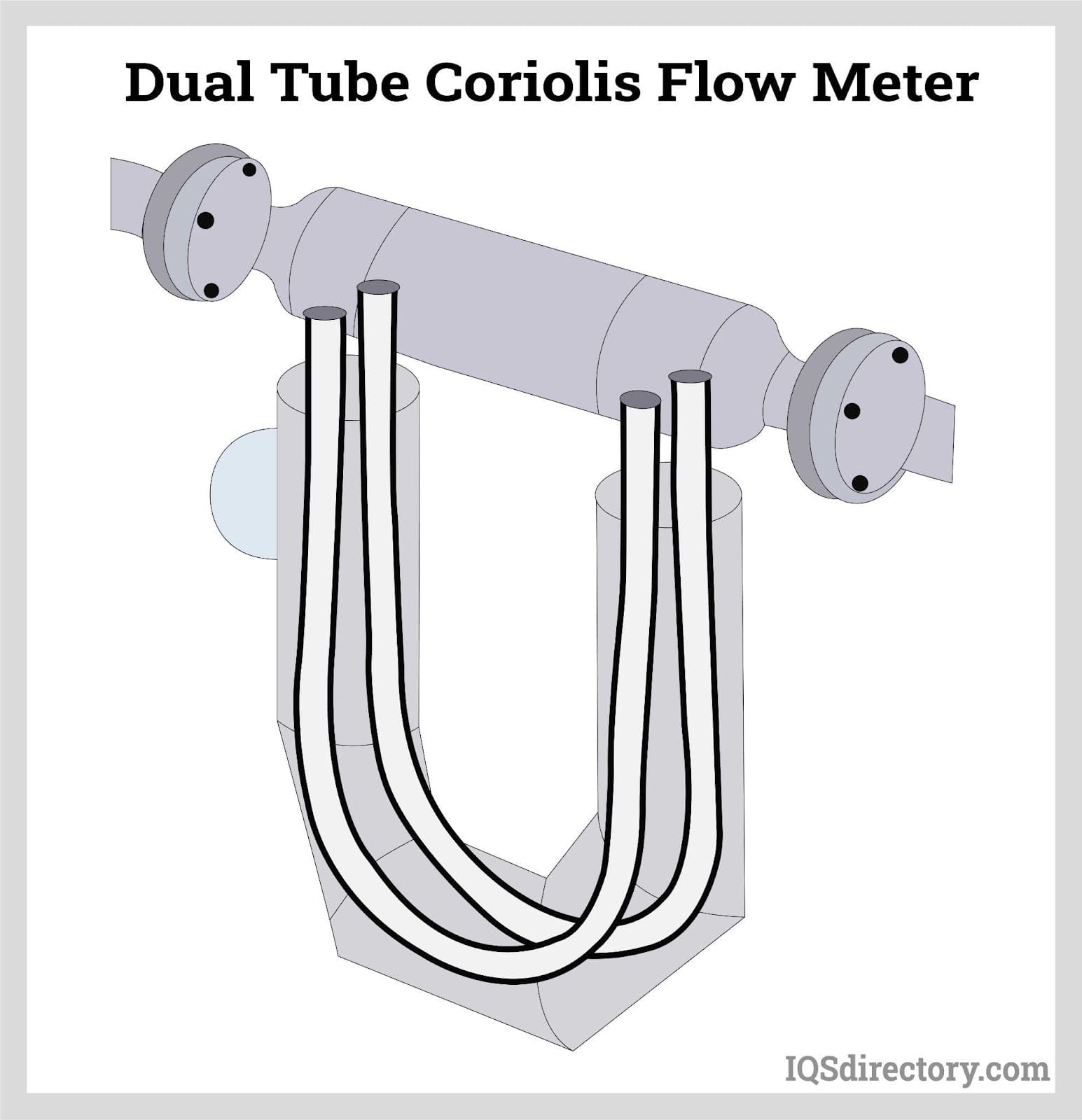
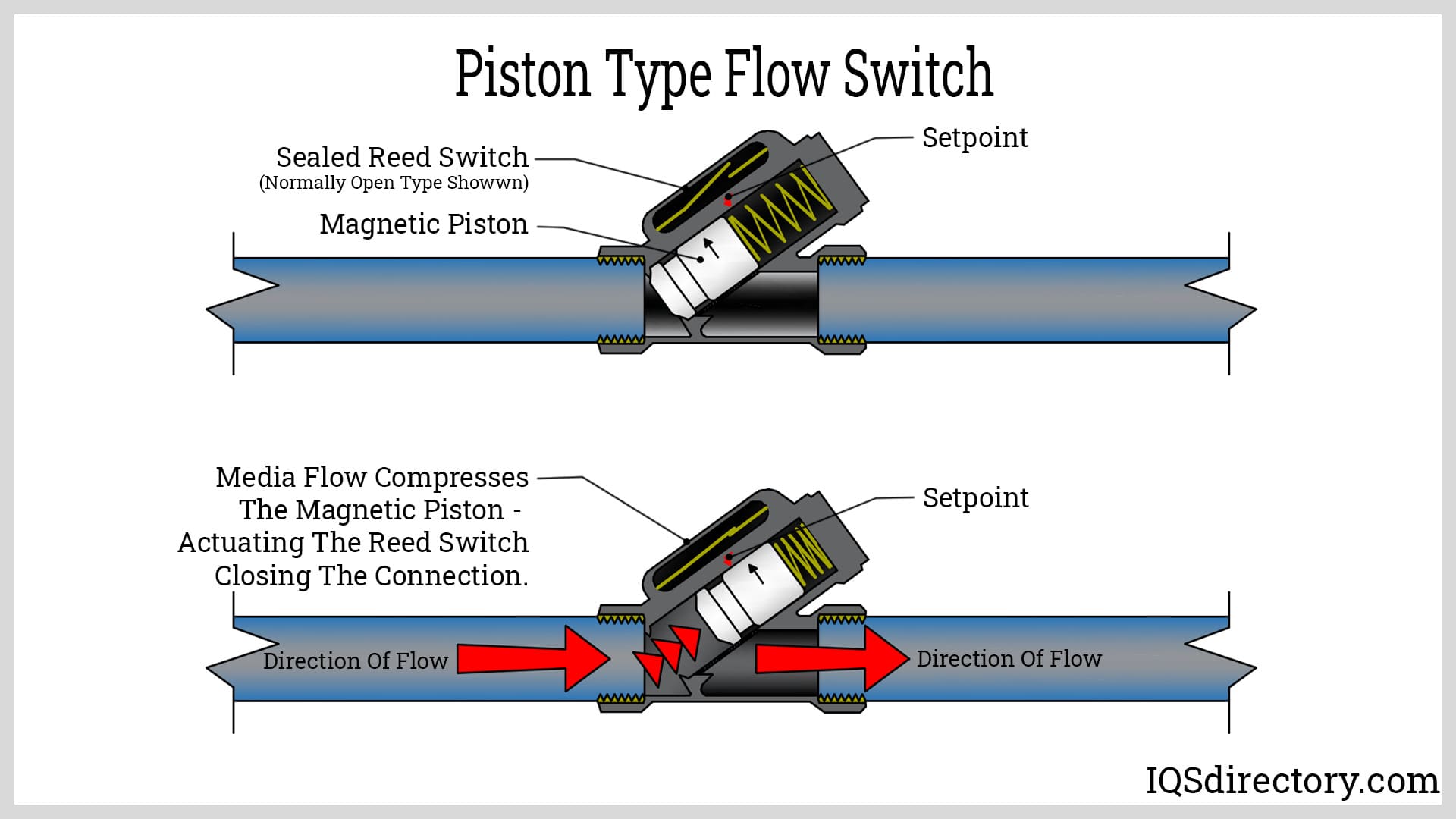
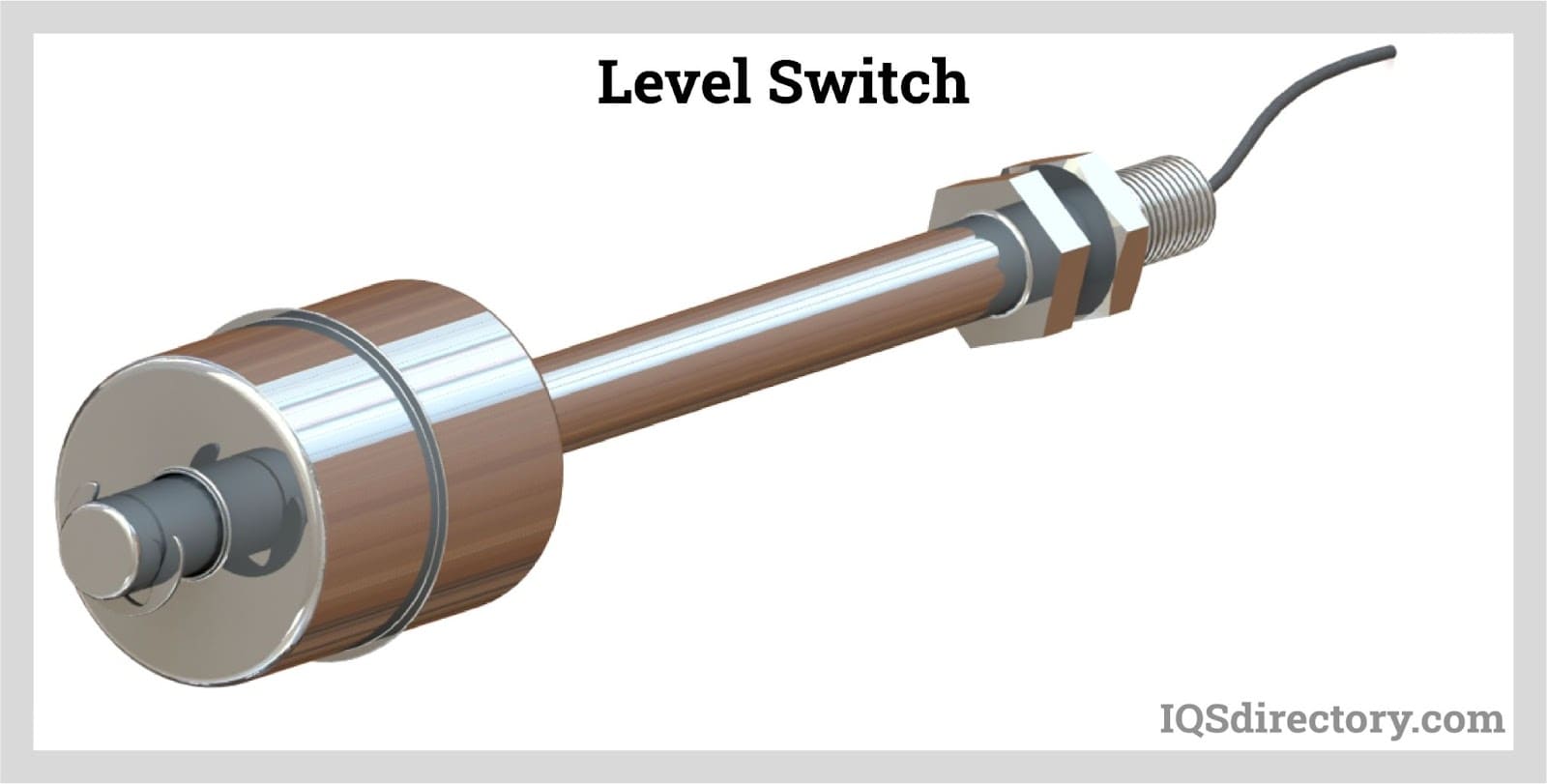
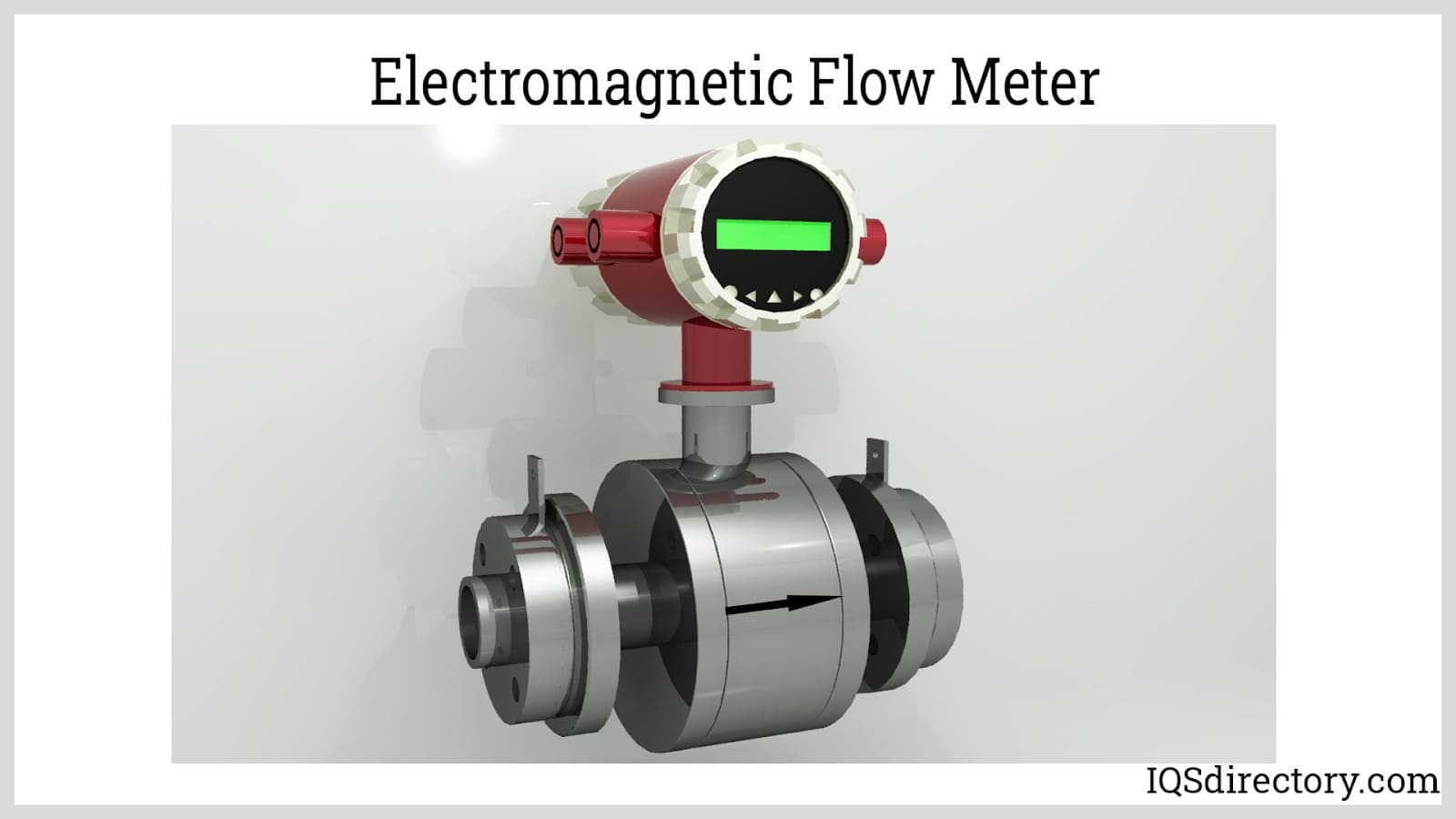
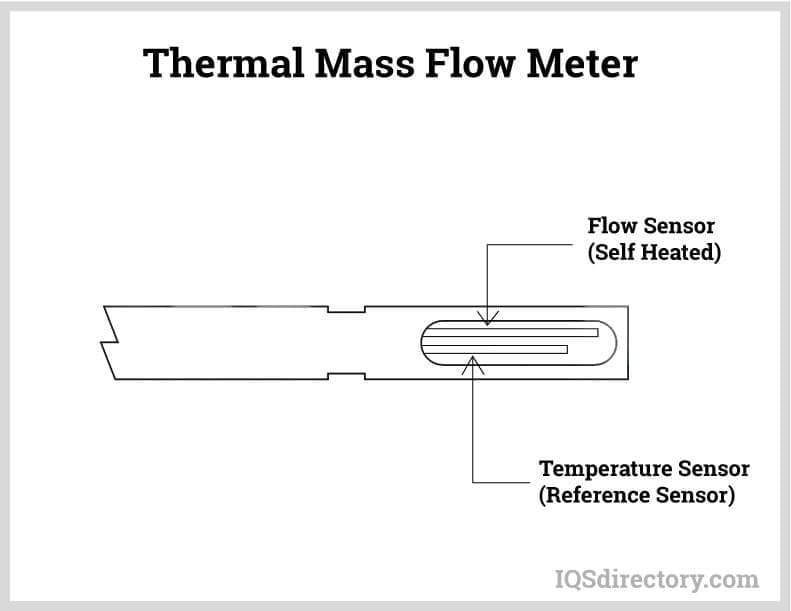
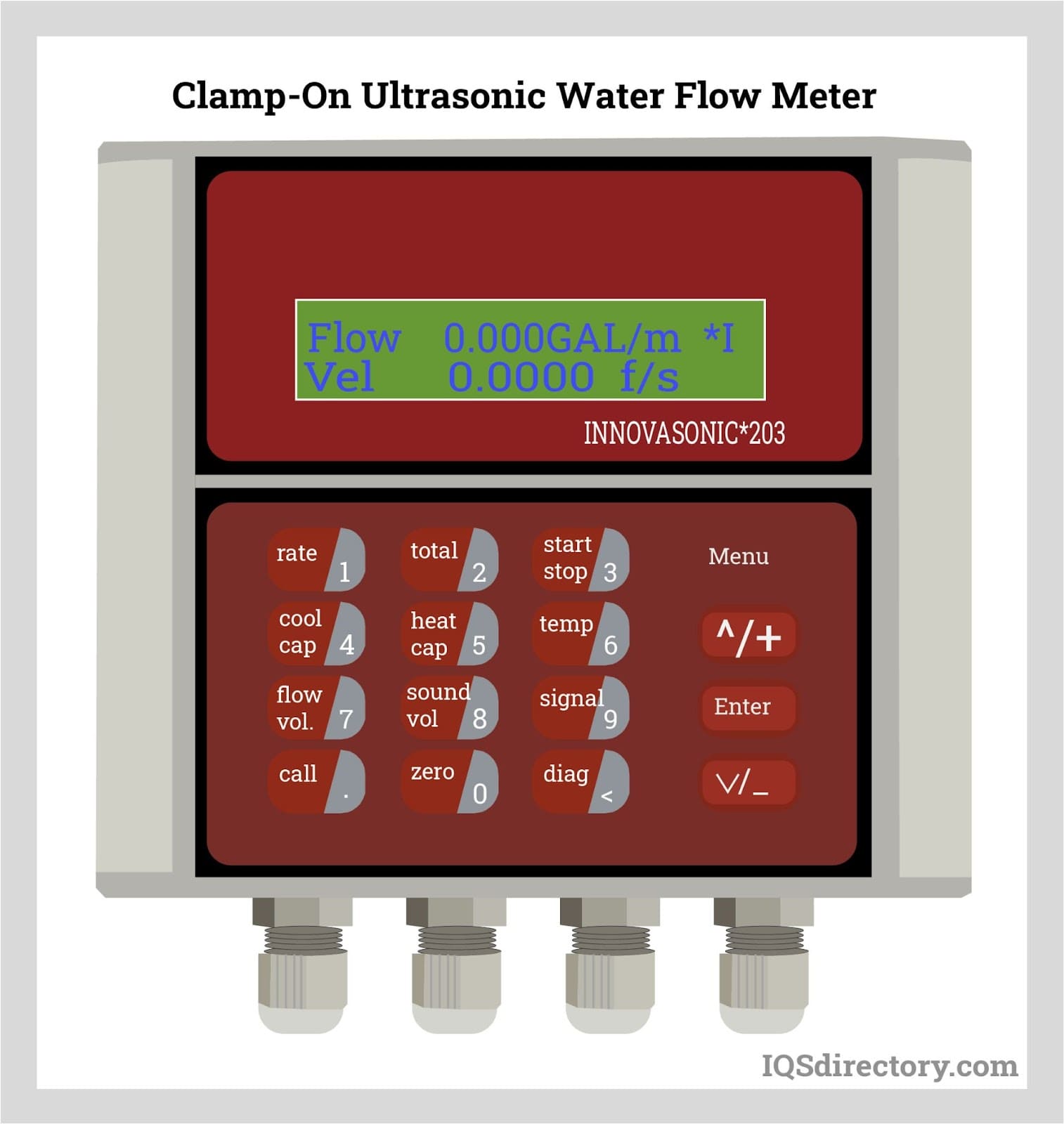
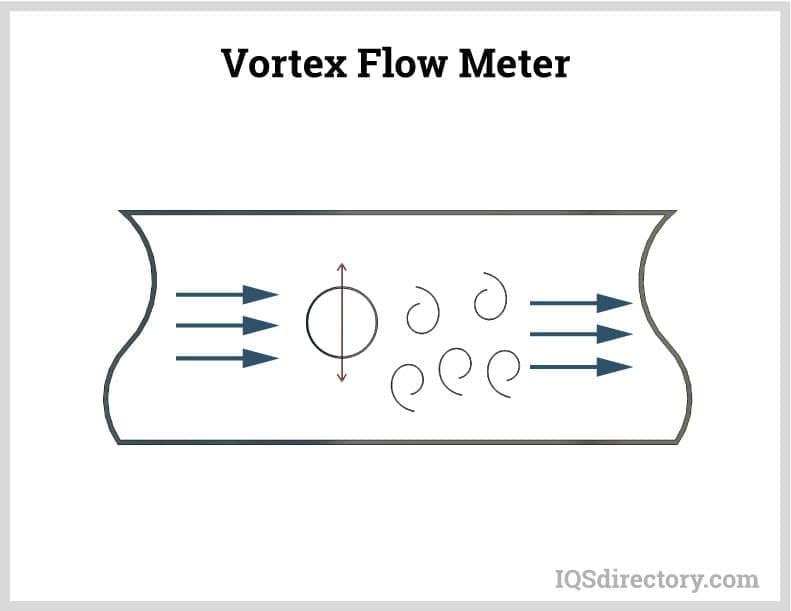
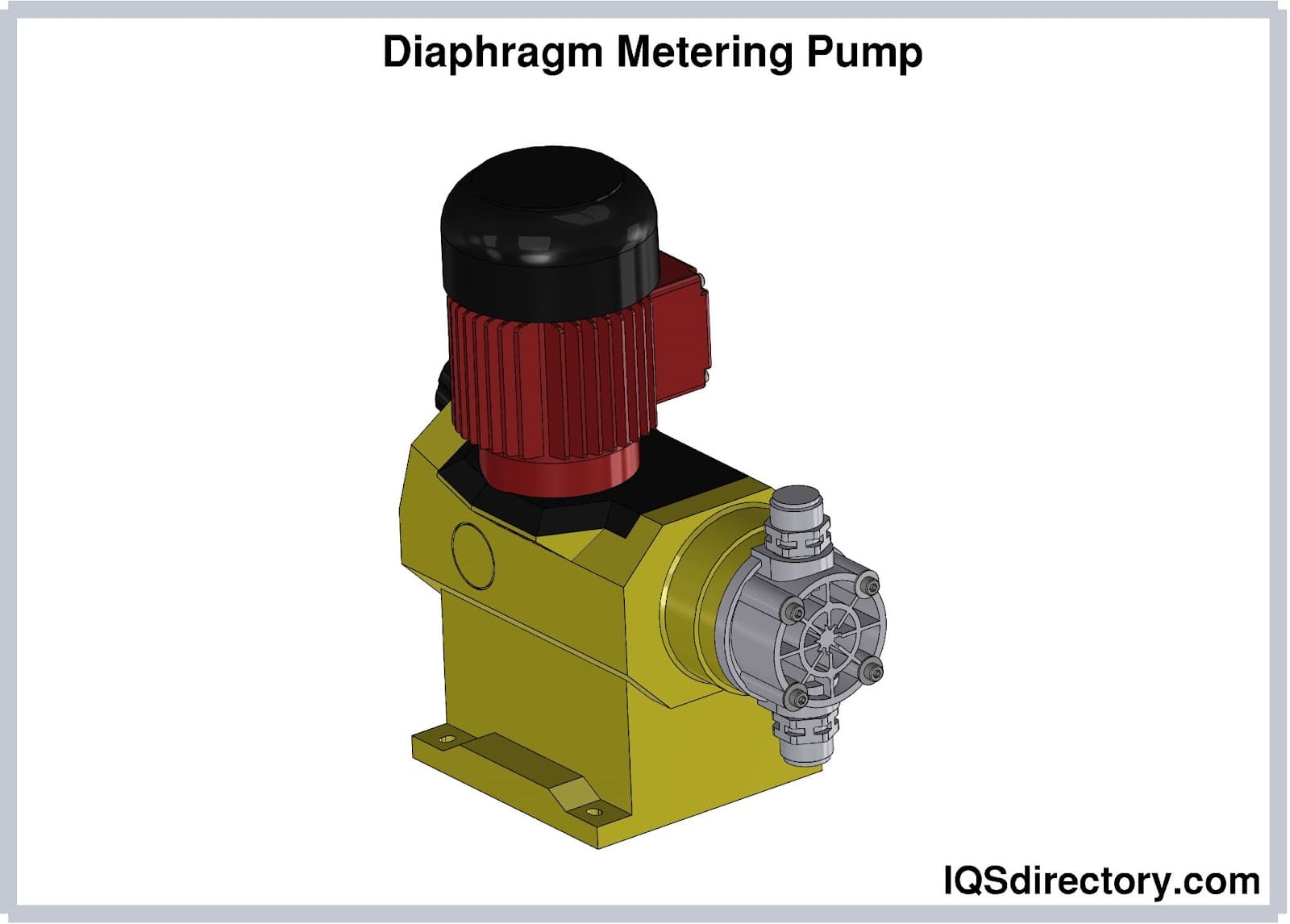
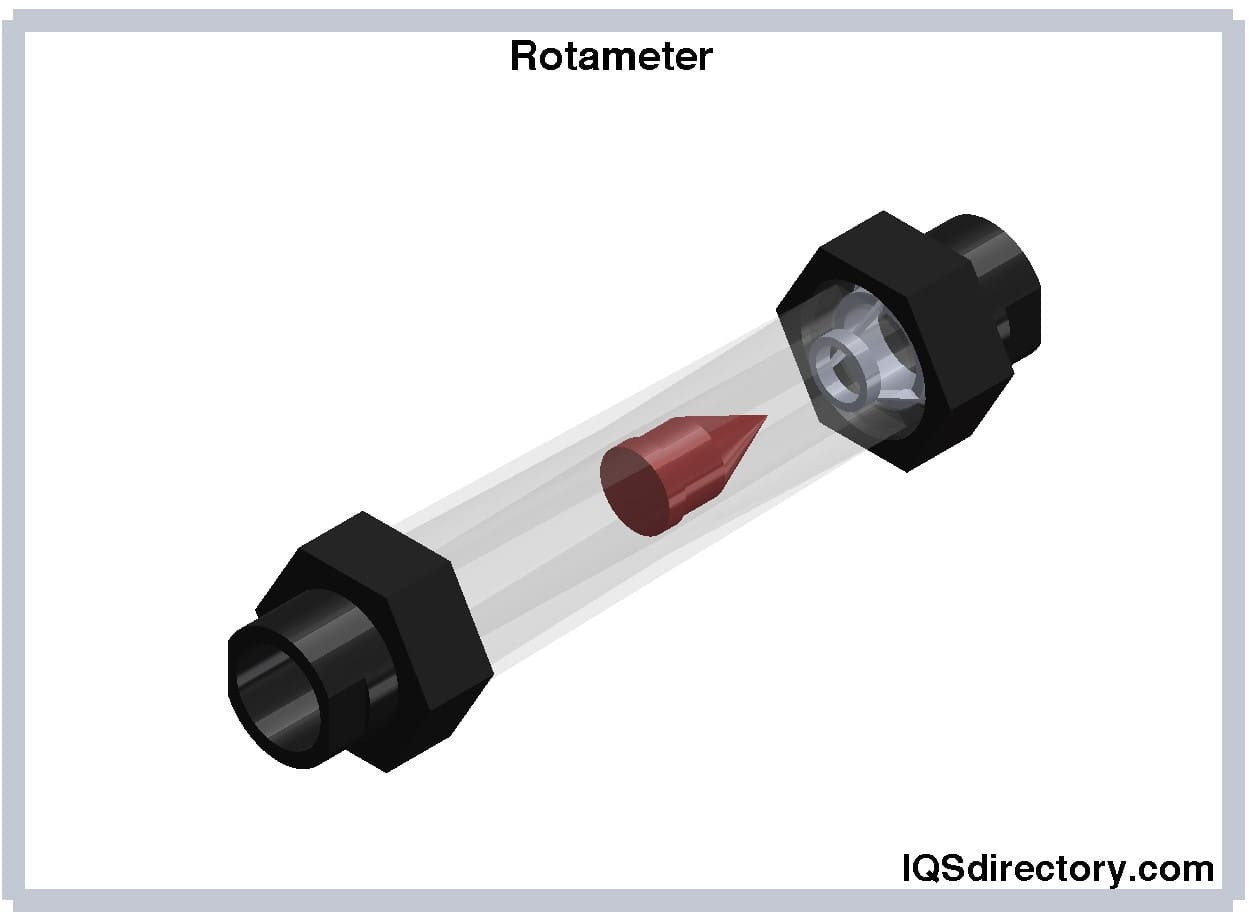
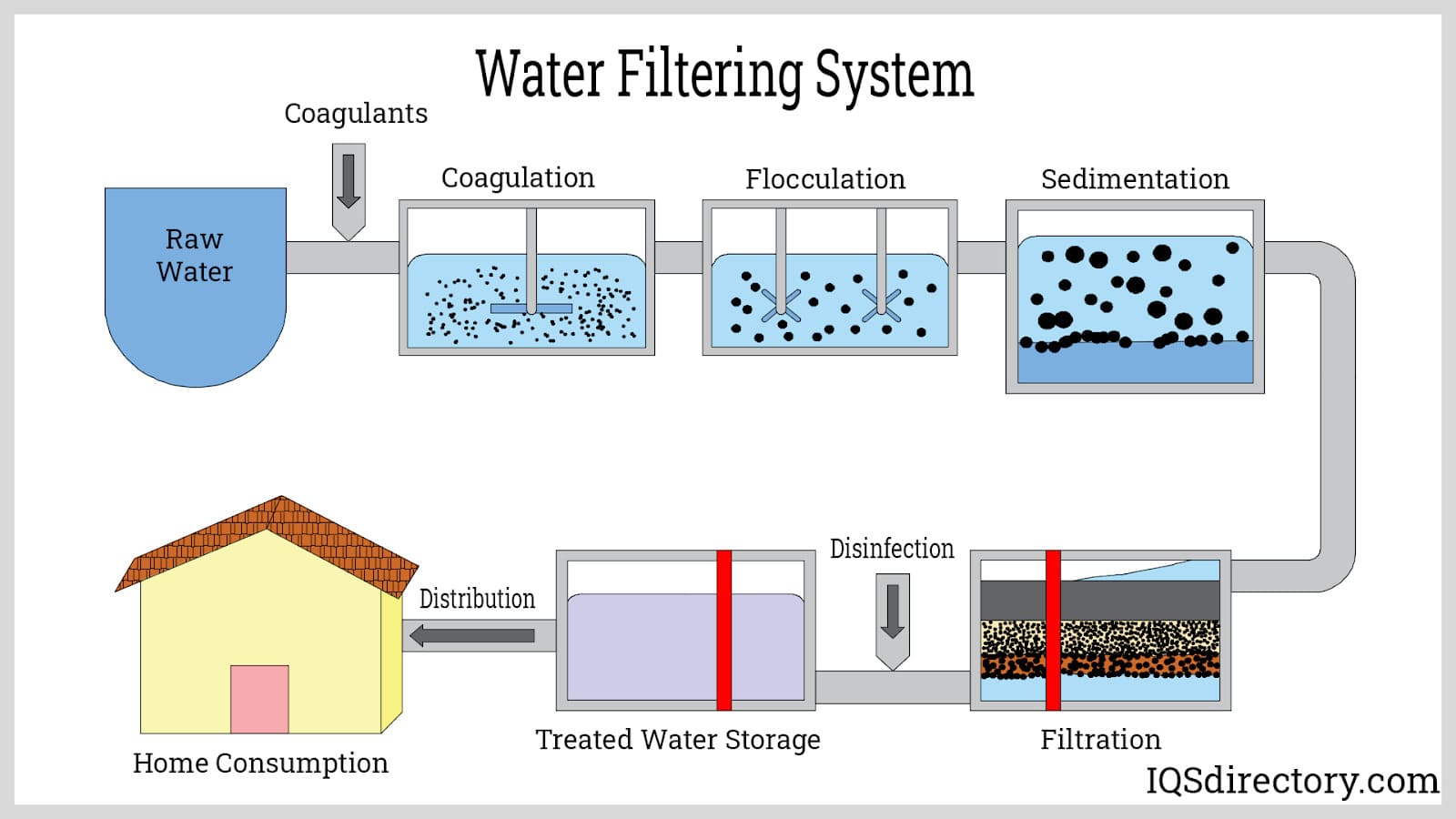
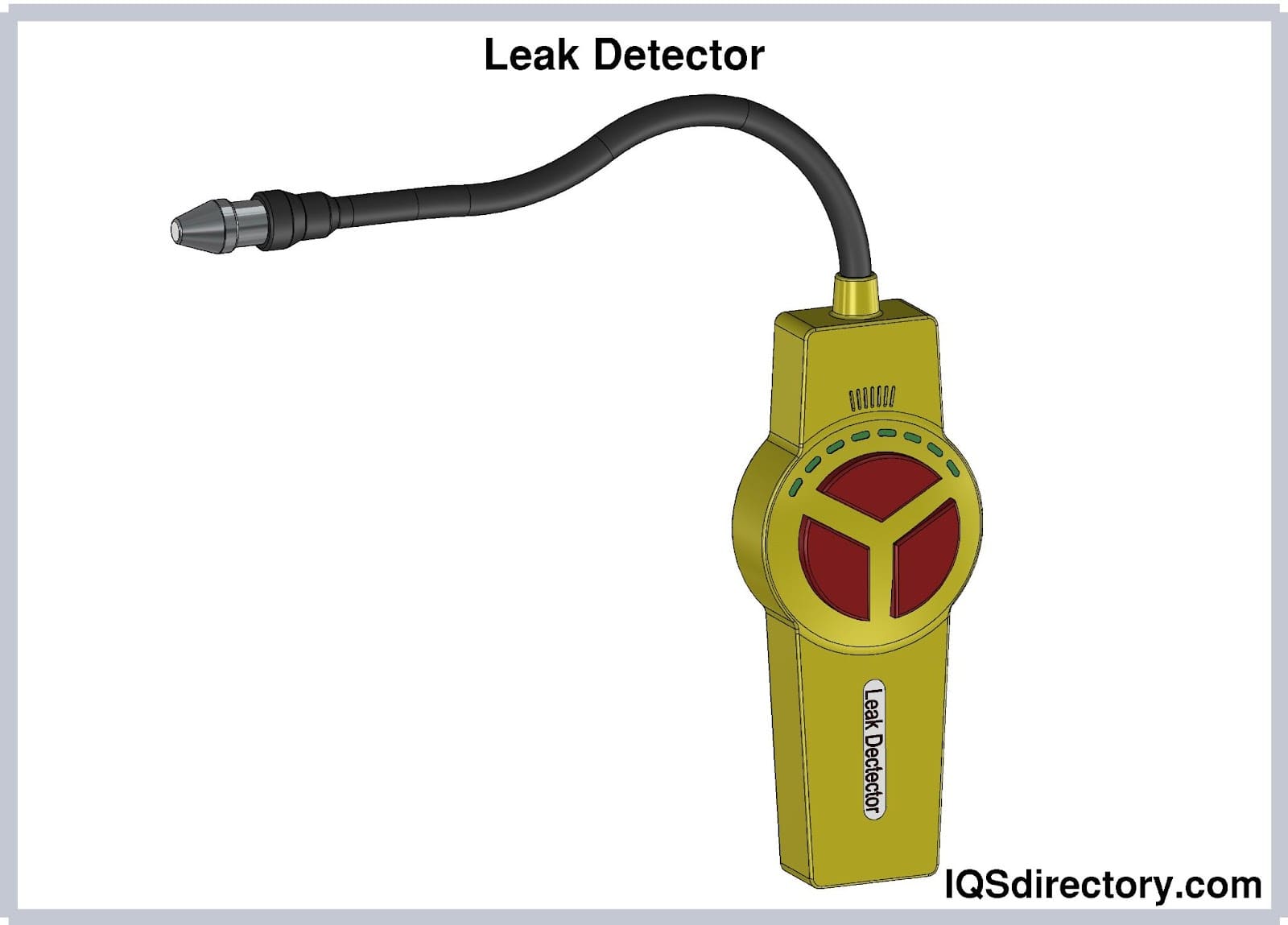
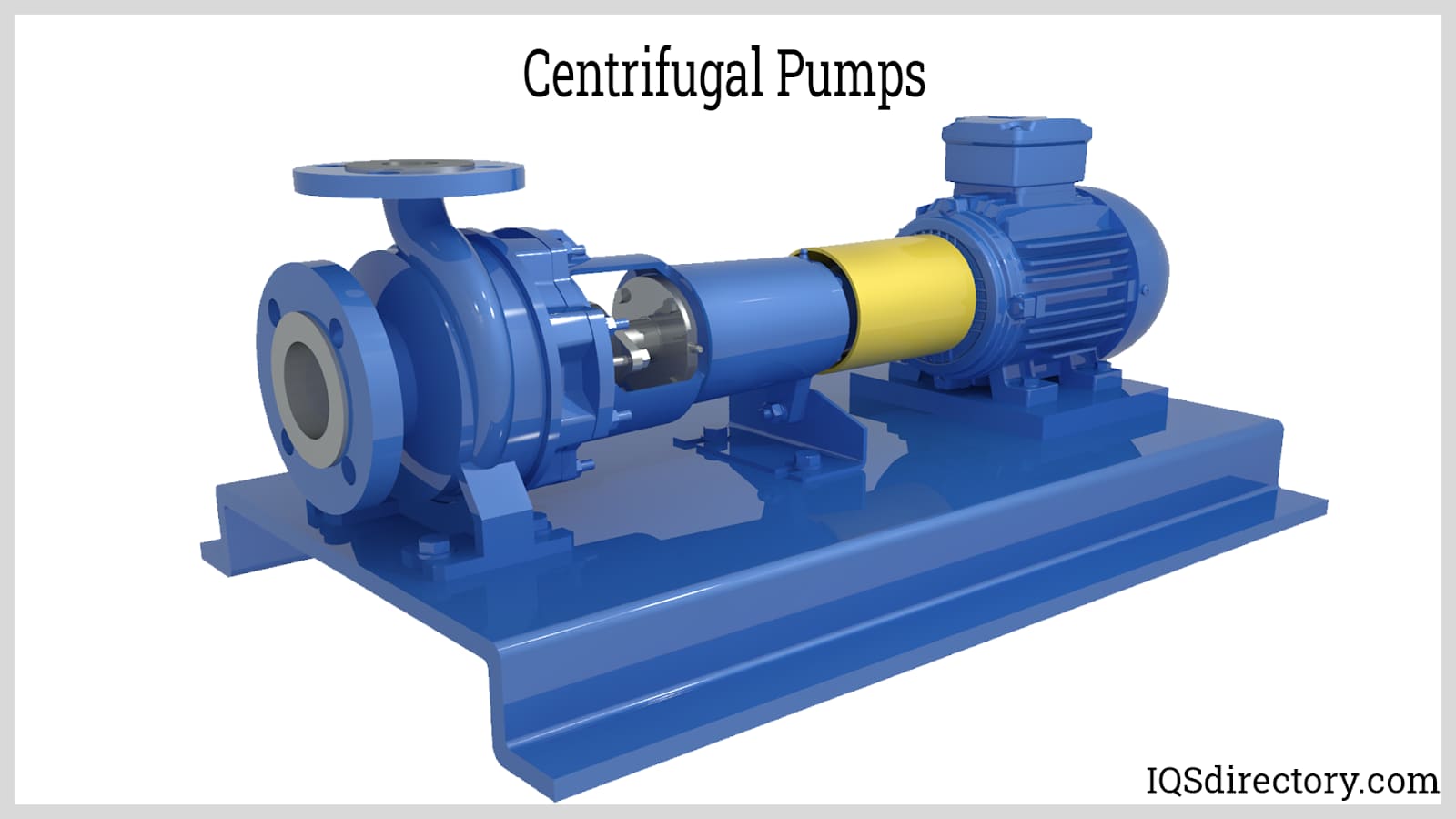
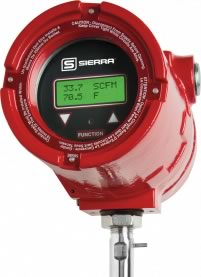 Flow Gauges
Flow Gauges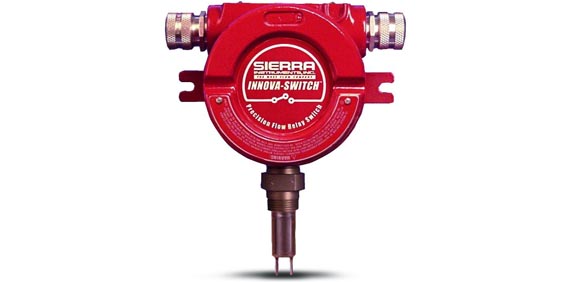 Flow Indicators
Flow Indicators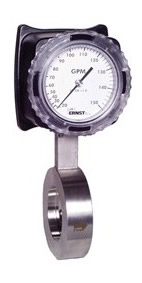 Flow Meters
Flow Meters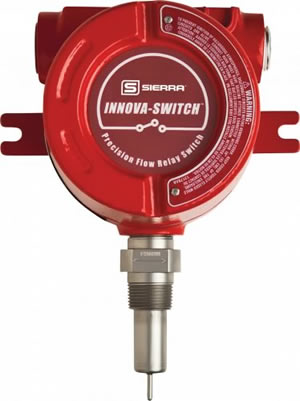 Flow Switches
Flow Switches Castings & Forgings
Castings & Forgings Bulk Material Handling
Bulk Material Handling Electrical & Electronic Components
Electrical & Electronic Components Flow Instrumentation
Flow Instrumentation Hardware
Hardware Material Handling Equipment
Material Handling Equipment Metal Cutting Services
Metal Cutting Services Metal Forming Services
Metal Forming Services Metal Suppliers
Metal Suppliers Motion Control Products
Motion Control Products Plant & Facility Equipment
Plant & Facility Equipment Plant & Facility Supplies
Plant & Facility Supplies Plastic Molding Processes
Plastic Molding Processes Pumps & Valves
Pumps & Valves Recycling Equipment
Recycling Equipment Rubber Products & Services
Rubber Products & Services